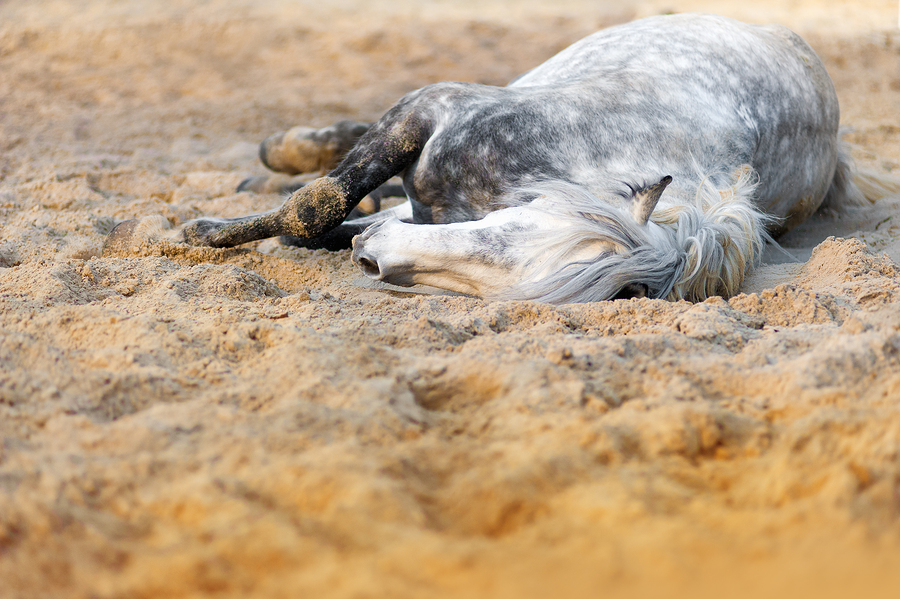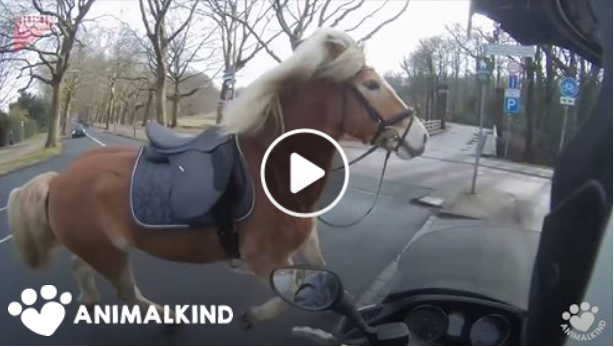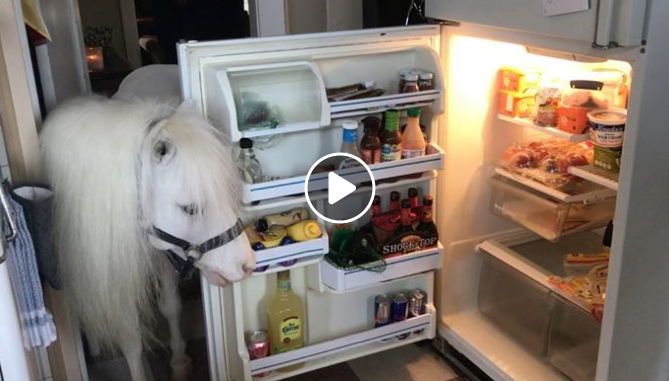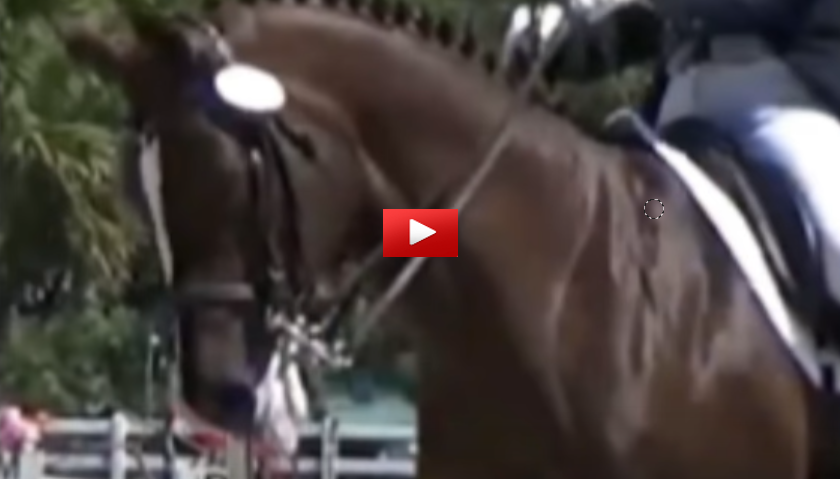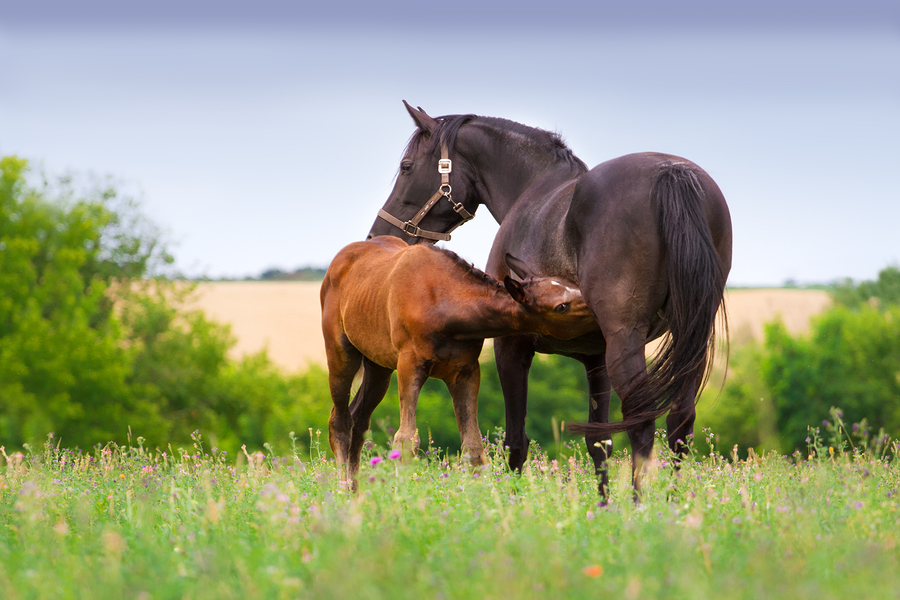The Do’s and Don’ts Of Slow Feeding Horses
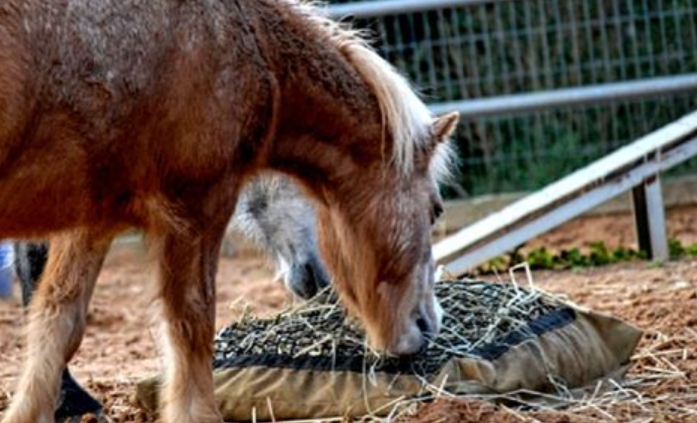
The following are helpful tips and realistic expectations when using any brand of slow feeder or small mesh hay net. Valuable information whether you currently use slow feeders or are debating to try them!

1) Do consider ease of loading.
Don’t discount slow feeding entirely due to the time required to load them. 10 minutes once or twice a day is a minimal time investment for your horse to have forage available 24/7.
2) Do provide access to forage 24/7. Meal fed individuals are typically anxious at feeding time which can result in the storage of body fat from stress and be more determined to eat as fast as possible. This can result in possible damage to teeth, gums and the slow feed device. Provide appropriate slow feeders to accommodate enough hay between feedings so there is always hay left. If your horse won’t be “fed” for 12 or 14 hours you may need a bale net or multiple bags/nets.
Don’t provide one location and expect voluntary movement.
4) Do experiment with slow feeders to determine the smallest mesh size (for overweight individuals) that enables your horse to extract hay without frustration. Frustration is counterproductive.
Don’t continue the use of any device that stresses your horse; stress/frustration elevates cortisol levels.5) Do feed from ground level to enable a natural grazing posture and relaxed mental state.
Don’t mount or hang a slow feeder any higher than 4” off the ground for barefoot individuals. Hanging bags are not optimum but you can minimize adverse physical effects. If there will be a length of rope long enough for possible entanglement slide a piece of PVC pipe over the rope and attach a swivel clip at the bottom to hang the bag from.
6) Do offer tested low NSC (10% or below) straight grass hay for overweight individuals. Consult an equine nutritionist to ensure all vitamin/mineral requirements are being met in proper ratios and unique conditions addressed.
7) Do buy multiple slow feeders if you board your horse and fill them ahead of time if they are not willing to refill them. It’s a wise investment and you won’t spend anymore; a device that is used 25% of the time will last 4 times longer!
Most slow feed manufacturers are willing to offer advice on how to maximize your slow feed investment; call them. A phone call may make or break the success of their product for your individual situation and goals. Take advantage of their knowledge and experience.

